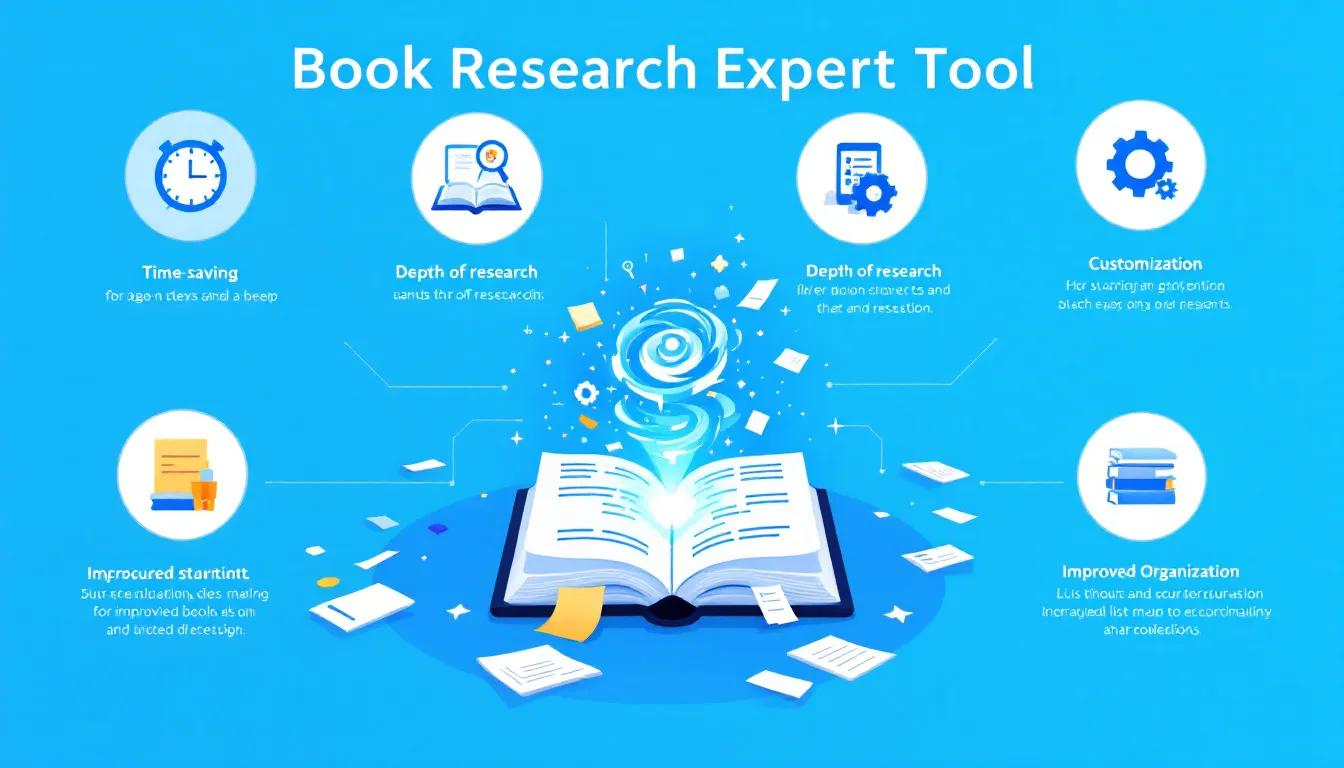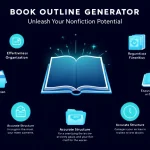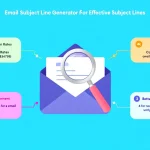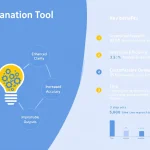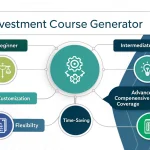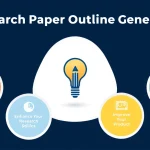Book Research Assistant
Is this tool helpful?
How to Use the Book Research Assistant Effectively
This Book Research Assistant helps you create a clear, detailed research outline tailored to your book project. Follow these steps for best results:
- Enter the Main Topic: Provide the central theme of your book research. For example, enter “Urban Wildlife Conservation” or “Digital Privacy and Data Protection”.
- Specify Subtopics (Optional): Add focused areas related to your main topic to deepen your research. Examples include “Bird migration patterns,” “Habitat restoration” or “Encryption technologies,” “Legislation trends”.
- Identify the Target Audience (Optional): Define who will primarily read your book. Some examples are “Environmental scientists,” “Privacy advocates,” or “Small business owners.”
- Select the Research Depth (Optional): Choose the level of complexity and detail you want in your outline: “Basic overview,” “Professional,” or “Expert-level analysis.”
- Specify the Time Period (Optional): Narrow down your research timeframe if applicable, such as “2000-2020,” “Post-industrial revolution,” or “21st century innovations.”
- Generate Your Research Outline: Submit the form to receive a comprehensive, structured plan that focuses on your inputs.
After generation, review the research outline to identify key themes and areas of focus. Use this guide to organize your writing and to avoid missing critical information.
What Is the Book Research Assistant and How It Helps You
The Book Research Assistant is a practical tool designed to simplify and enhance your book research process. It generates a personalized research outline based on your inputs, helping you organize and focus your study efficiently.
This tool is ideal for authors, scholars, and researchers who need to gather credible information quickly. By specifying your main topics, subtopics, audience, depth, and timeframe, you get a detailed roadmap for your writing project.
Key Advantages of the Book Research Assistant
- Streamlines the research process by focusing on what matters most to your book.
- Helps uncover connections between subtopics and time periods you might overlook.
- Balances technical depth with clarity based on your target audience.
- Saves valuable time by providing a detailed, actionable outline quickly.
- Supports you in building a credible, well-organized manuscript.
Practical Uses of the Book Research Assistant
This tool is not a calculator but an API-based assistant that delivers customized research outlines. You can apply it in situations such as:
- Planning Non-Fiction Books: Define your topic and subtopics to shape chapters and research direction.
- Academic Projects: Use it to generate structured literature reviews and identify key study areas.
- Creative Non-Fiction: Develop authentic context and background information with targeted research prompts.
- Scholarly Articles: Organize content and source material based on depth and audience.
Example Scenario: Writing about “Global Food Security”
- Main Topic: Global Food Security Challenges
- Subtopics: Climate impact on crop yields, Food distribution systems, Policy interventions
- Target Audience: Policy makers and agricultural researchers
- Research Depth: Advanced
- Time Frame: 1990 to present
This input results in an outline covering historical trends, recent innovations in agriculture technology, environmental concerns, and relevant policies – guiding you to comprehensive coverage with clear focus.
How This Tool Fits into Your Workflow
Use the Book Research Assistant early in your writing process to clarify your research scope. The structured outlines it generates help you:
- Break down large topics into manageable sections.
- Identify gaps in your current knowledge.
- Prepare targeted research questions.
- Develop chapter plans that flow logically.
- Ensure your content matches the needs of your specific audience.
By incorporating this tool, you spend less time searching and more time writing confidently with a clear roadmap.
Important Disclaimer
The calculations, results, and content provided by our tools are not guaranteed to be accurate, complete, or reliable. Users are responsible for verifying and interpreting the results. Our content and tools may contain errors, biases, or inconsistencies. Do not enter personal data, sensitive information, or personally identifiable information in our web forms or tools. Such data entry violates our terms of service and may result in unauthorized disclosure to third parties. We reserve the right to save inputs and outputs from our tools for the purposes of error debugging, bias identification, and performance improvement. External companies providing AI models used in our tools may also save and process data in accordance with their own policies. By using our tools, you consent to this data collection and processing. We reserve the right to limit the usage of our tools based on current usability factors.
